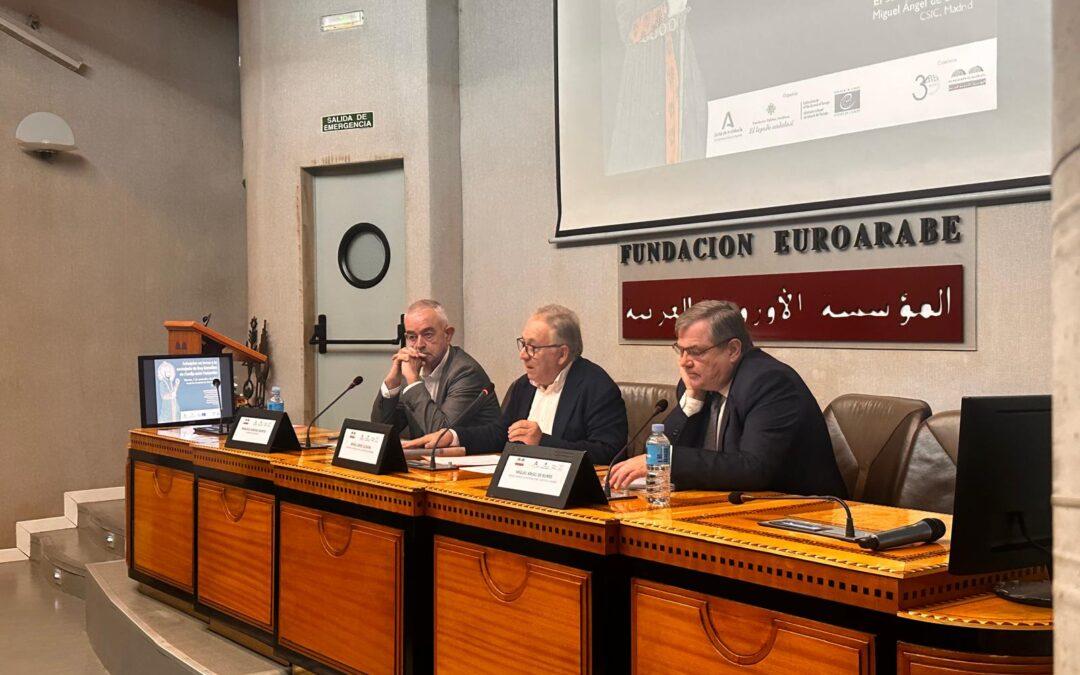The headquarters of the Euro-Arab Foundation for Higher Studies in Granada hosted last Friday a colloquium that concluded the series dedicated to the figure of Ruy González de Clavijo.
This early 16th-century figure, little known to the general public, undertook an extraordinary diplomatic mission of great significance in his time: he was sent by King Henry III of Castile as ambassador to the court of the Great Tamerlane. The purpose of this embassy was to negotiate several matters of major importance. On the one hand, it aimed to seek military support against the advance of the Ottoman Empire—a threat shared by both realms. On the other, discussions also touched upon trade relations along the Silk Road.
Moderated by Rafael López Guzmán, Professor of Art History at the University of Granada, the colloquium featured lectures by several distinguished experts. Concepción Motos Guirao and Francisco Sánchez-Montes, both from the University of Granada, explored Constantinople as one of the key milestones in Clavijo’s journey and the role of King Henry III, respectively. Alfredo Morales, Professor at the University of Seville, spoke about Samarkand as it was in Clavijo’s time. Additionally, Miguel Ángel de Bunes, researcher at the Spanish National Research Council (CSIC) in Madrid, offered a fascinating portrait of Sultan Bayezid I, the ruler of the Ottoman Empire at that time.
The various presentations provided a comprehensive overview of the historical context surrounding this remarkable journey, which took place during a period of great political upheaval and transformation in this part of the world.


